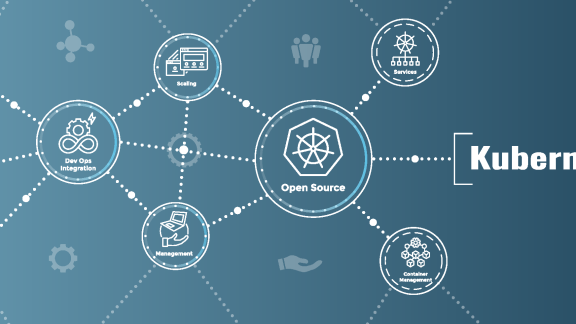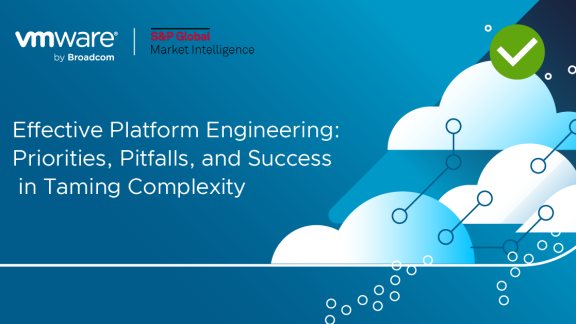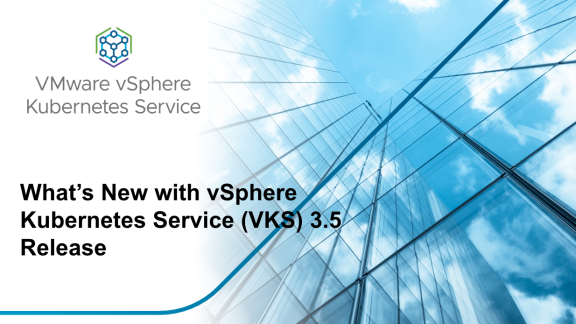Home Page
Government-Ready NVIDIA AI Enterprise Containers Now Available for Customers of VMware Private AI Foundation with NVIDIA
We’re excited to announce a major milestone in our mission to bring secure, enterprise-grade AI to regulated industries. Starting today, VMware Private AI Foundation with...























